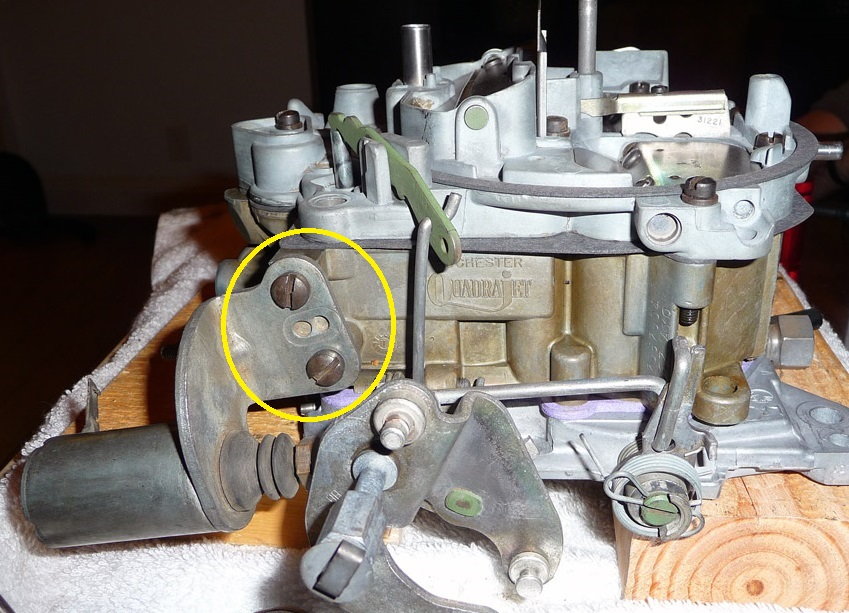- Joined
- Dec 7, 2012
- Messages
- 3,513
When vehicles were carbureted, what adjusted idle speed for the A/C compressor surge?
Was there a device on the carb that would slightly open the throttle?
Also, I am assuming that without a engine computer managing anything, the A/C system at that point would rely solely on pressure sensors to engage its clutch to compress?
I'm guessing from inside the vehicle, when turning on the A/C, you'd be (A) sending power to your low speed fan relay to turn on the engine cooling fans/ or engaging the clutch fan, (B) be turning on some sort of idle controlling solenoid on the carb and (C) sending power to the A/C clutch circuit (with a pressure sensor inline?)...
Was there a device on the carb that would slightly open the throttle?
Also, I am assuming that without a engine computer managing anything, the A/C system at that point would rely solely on pressure sensors to engage its clutch to compress?
I'm guessing from inside the vehicle, when turning on the A/C, you'd be (A) sending power to your low speed fan relay to turn on the engine cooling fans/ or engaging the clutch fan, (B) be turning on some sort of idle controlling solenoid on the carb and (C) sending power to the A/C clutch circuit (with a pressure sensor inline?)...

